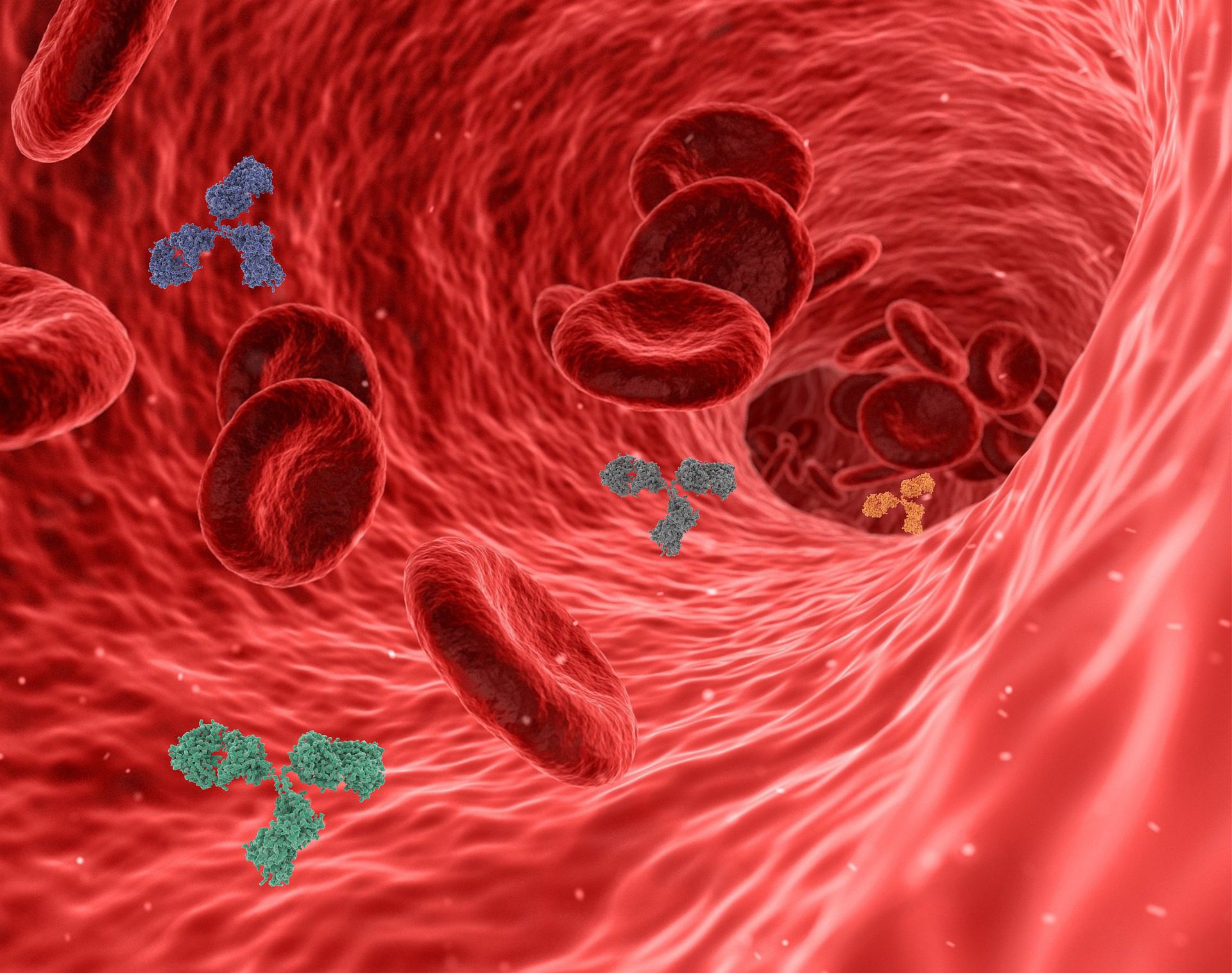
Plastic, a synthetic or semi-synthetic material, surrounds us literary everywhere. From the recycling bin in your apartment, or the enormous amount of plastic waste lining coastlines, to the smallest pieces of plastics that leech into our laundry water, this artificial material has pervaded every aspect of our lives even including us. Taking into consideration the omnipresence of plastic, there is no surprise that microplastics—elements of plastic that feature small parameters – less than 5 mm in size—are passing through human bodies. These elements emerge from the foods we consume, the drinks we take, and even the air we fill out lungs. Interestingly, one research discovered that the average US person consumes approximately 50,000 plastic particles per year. Read on how to protect yourself in a world literary made of microplastic.
According to the biomonitoring research of Dutch scientists, for the first time, it was found out that plastic isn’t just passing through us … it’s staying in our organisms. Biologists discovered that 80% of study participants had absorbed microplastic elements into their bloodstream.
It’s quite disconcerting that tiny elements of the plastic items that are completely unnoticeable to the human eye, we utilize in our daily routine can dislodge and find their way into our organisms. But, it’s even more embarrassing is the fact that they can then be absorbed into the circulatory system — together with any chemical substances they consist of. Further, they’re then spread alongside oxygen and crucial nutrients throughout our organisms.
It’s currently yet unknown what rate makes it into the bloodstream in comparison with the amount we take, however, we do know that the rapidity of absorption is more quickly than the body’s capability to excrete these elements as waste, allowing for gradual accumulation.
To obtain such results, scientists collected blood from 22 healthy adults. Then they carried out an analysis to measure for known derivatives made up as a result of breaking down specific plastics under high temperature.
Hence, the experiment identified 5 main, high-production polymers, which included the next substances:
This research demonstrates that plastic elements are being absorbed into our blood. But, to find out what this means for us, follow-up studies need to be undertaken. The main question now is to clear out if microplastics affect the state of our health, and what are the consequences for our organisms in a long-term perspective.
There are several options to reduce plastic exposure in our everyday lives. We picked up just a few to get you on the right track:
Other tips on how to avoid the harmful impact of microplastic are choosing infant feeding bottles, kids’ cups, and plastic dishware carefully to avoid dangerous chemical substances. In case when items made of glass and metal do not suit you, it is possible to reduce the shed of microplastics with the non-heating of plastic bottles. Under high temperatures plastics produces harmful elements; to avoid getting plastic in our blood it is recommended not to use a microwave and washing items in warm, not boiling water; store products in separate containers, not the plastic bottle; and not shake liquid in the means made of plastic.